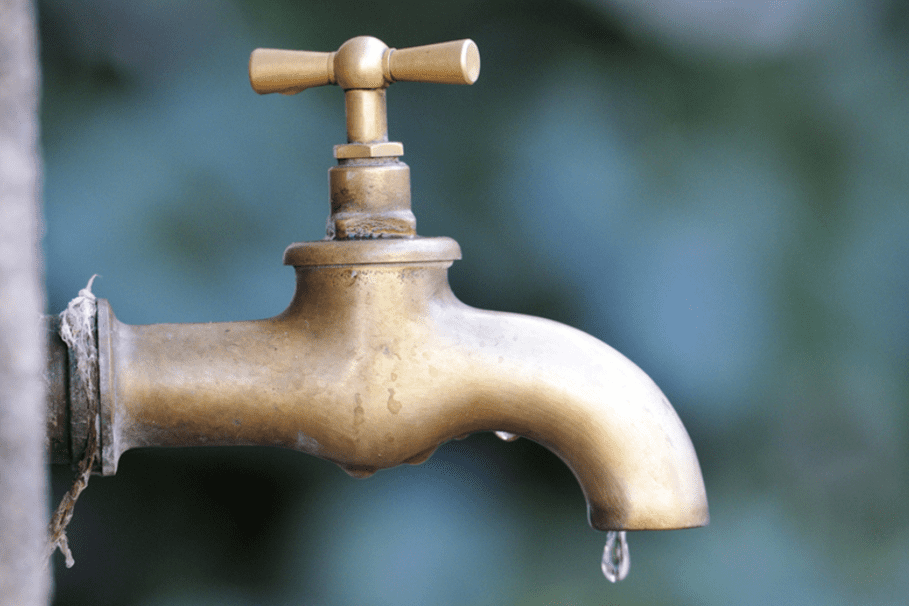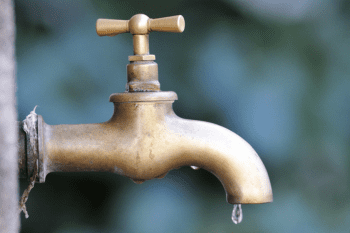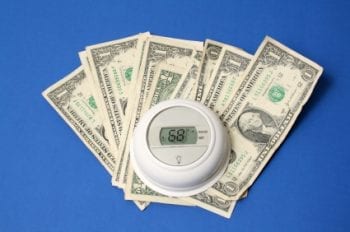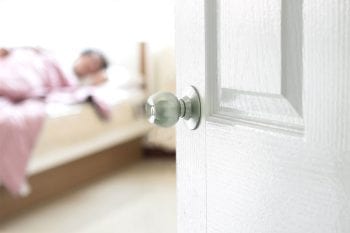

Beware of frozen pipes as we creep into winter. At the very least, it’s horribly annoying not to have water available when you need it. But even worse, frozen pipes lead to cracks, leaks, and BURSTS! So if the temp in your area is dropping fast, get the know-how on preventing frozen pipes this winter.
1. Add Extra Insulation
Frozen pipes are not just a problem for cold climate areas. Cold climate dwellers are typically more prepared for freezing temps so their pipes are already cared for. It’s warmer climates that are struck by unprecedented drops in temperature who experience problems from frozen pipes. If you live in an area that occasionally reaches freezing temperatures, check the insulation around pipes to see if you’re properly prepared.
2. Allow Faucet to Drip
If the temps are expected to take a dip, leaving a faucet or two on to drip! By allow the water to continually move through the pipes, you can usually avoid water freezing within them when the temperature starts to creep below freezing.
3. Seal Up Cracks and Holes
Holes and cracks in the walls near pipes create more opportunities for pipes to freeze. Seal interior and exterior openings in the walls with caulking.
4. Apply Heating Tape
You can wrap pipes in heating tape. Much like a heating blanket for your bed, this tape require electricity. So it’s a pricey option. Aim to wrap pipes in heating tape that are the most susceptible to freezing.
5. Keep the Heat On
If you like to save a few bucks at night by turning off the heat, reconsider! Leave the heat on even when you’re leaving town for extended periods of time. This can help you avoid problems from frozen pipes. Even setting the temp to an affordable 65 degrees (F) can prevent a frozen pipe disaster.
6. Keep Interior Doors Open
While you’re keeping your heat on at all times, remember to create an environment that is conducive to airflow. Certain areas of our homes might get colder than others during the winter and for some reason, the heat just has a hard time staying trapped in these rooms. Open up all the doors to allow the heat to circulate more freely between living spaces.




